As any of my clients will tell you, one of my favorite topics is joy. Why joy? Think for a moment about a stressful or upsetting event in your life. Notice your thoughts and emotions. Do a quick body scan and take note of the physical sensations in your body. Observe where you feel those sensations.
While you reflect on that upsetting event, say the word, joy. Do you notice that you have a hard time maintaining that upset feeling? Take it a bit further now and recall a joyful time or event in your life. Notice your thoughts, emotions and the physical sensations of joy in your body; become aware of how they’ve changed from a moment ago.
Now reflect on this. Do you and the people in your life talk more about your joys and the abundance in your life, or do you talk more about what’s wrong in your life and the world? Robert T. Sears, SJ, Ph.D., wrote, “Joy is a great risk. It requires us to let go of complaining, putting ourselves down, blaming others or circumstances, criticizing things because they are not perfect, demanding that we solve every problem.” Celebrating joy is a choice you can make.
You have many choices:
- Do you choose to suffer, or do you choose joy?
- Do you choose to hang on to pain or risk living jubilantly?
- Do you choose to stick with old habits, or are you ready to risk living joyously?
Joy plays a profound role in creating deep shifts. From what we know about neuroplasticity, you can rewire or change your brain at any age just by thinking differently. You are the architect and builder of your own brain, continually altering its structure, number of cells, circuitry and chemistry. These alterations are a direct result of everything you do, experience, think and believe.
In my new book, Becoming the Greatest Expression of You, I outline a purposeful and disciplined practice to create the changes in your life you want—by thinking differently and rewiring your brain. Changing your thoughts, emotions and behaviors requires intentional focused thought coupled with genuine emotion.
What is joy, anyway? My favorite definition comes from Theopedia, which describes joy as: “A state of mind and an orientation of the heart. It is a settled state of contentment, confidence and hope.”
Your turn for joy
Take a moment now and take three deep, relaxing breaths in through your nose and out through your mouth. Bring your breath deep into the center point of your body – about three fingers below your navel and midway between your front and back.
On the third one, imagine bringing your breath all the way from your center point up into your head. Fill your head with your breath, and then let it out through your mouth. Now, reflect on a time or times in your life when you experienced the greatest joy.
Was it the first kiss with your sweetheart? The first dance at your wedding? The birth of a child? Were you holding your new puppy and smelling that sweet puppy breath? Skiing down a mountain or standing on its peak? Is it spending time with your grandchildren?
Immerse yourself in this time of joy and allow yourself to appreciate the experience. Where do you feel the joy in your body? What physical sensation(s) are you experiencing? Does the joy radiate from your heart, your chest, or somewhere else in your body?
Let yourself totally experience your joy with all your senses. What do you see and hear? What do you smell and taste? What do you feel, both internally and externally? What is the physical sensation of joy in your body?
Now memorize this joy, how it feels and where you feel it. Remember this joy and the physical sensations so you have it as a future resource.
Roger Moore is a certified counselor and medical hypnotherapist with Palm Desert Hypnosis and can be reached at Roger@HypnosisHealthInfo.com or (760) 219.8079. He is the author of Becoming the Greatest Expression of You. For more information, visit hypnosishealthinfo.com/medical-hypnosis. All sessions are online telehealth.
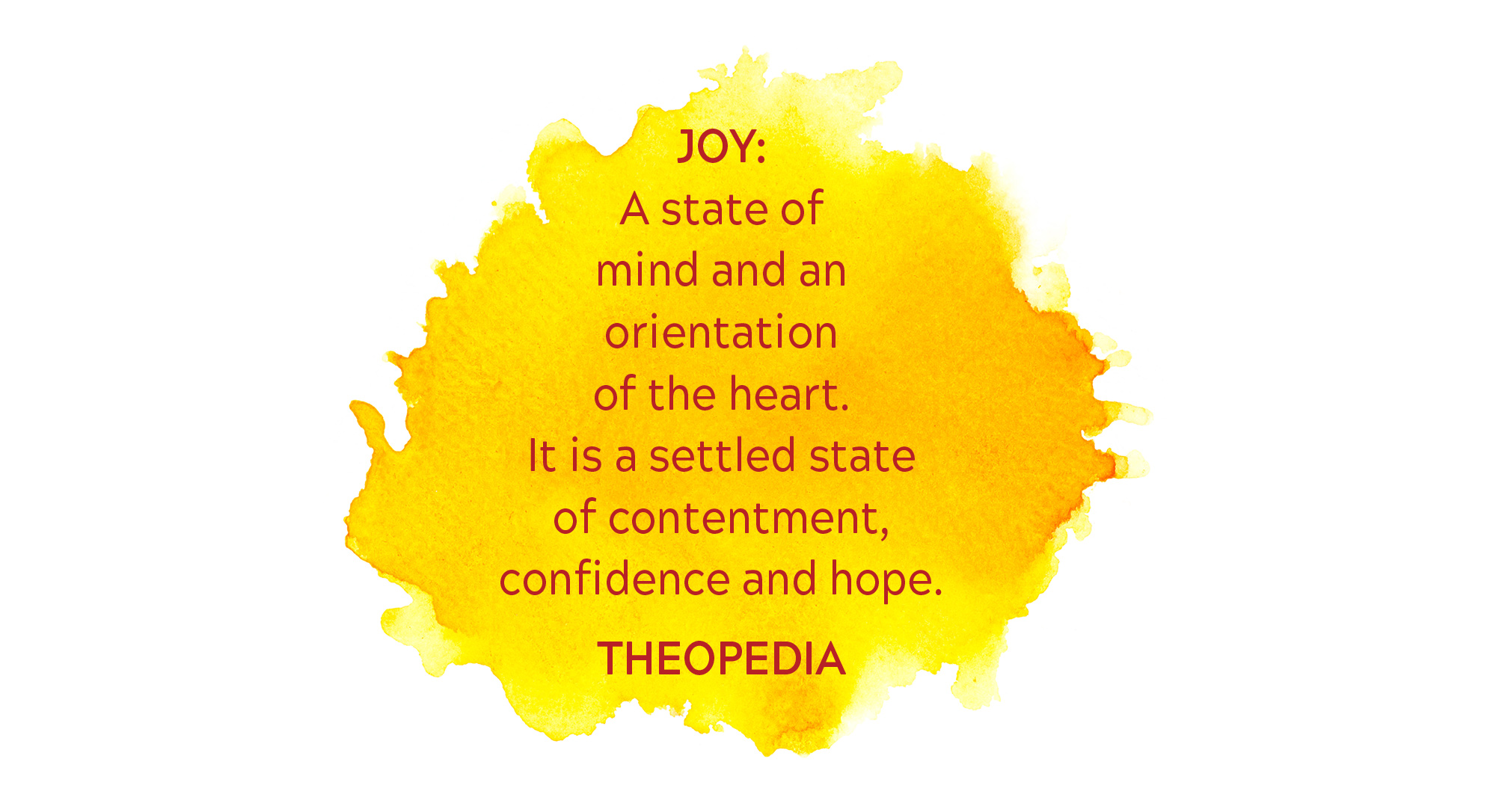





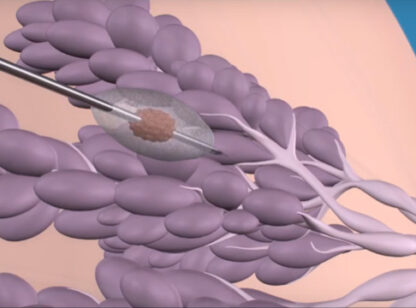
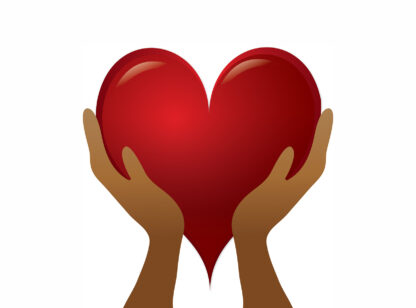




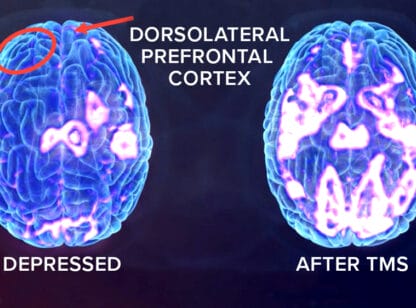
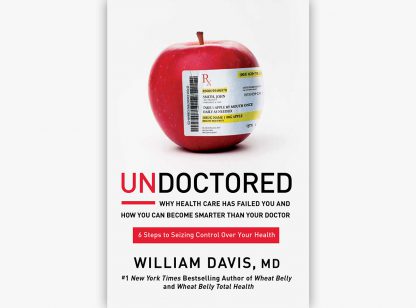

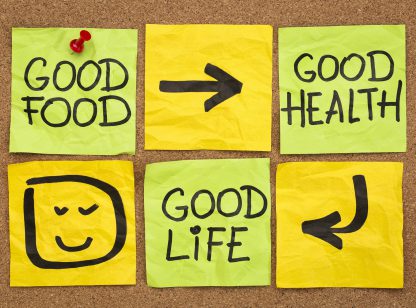
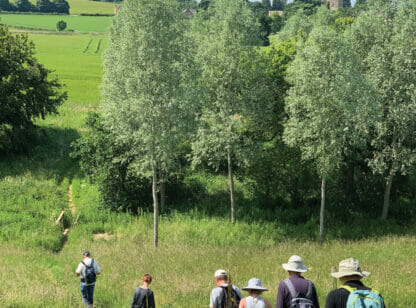
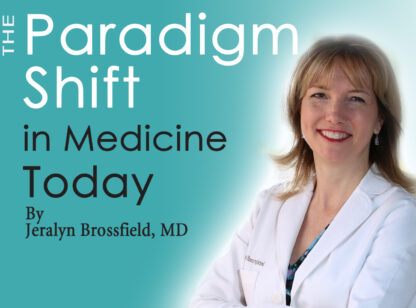




























Comments (0)